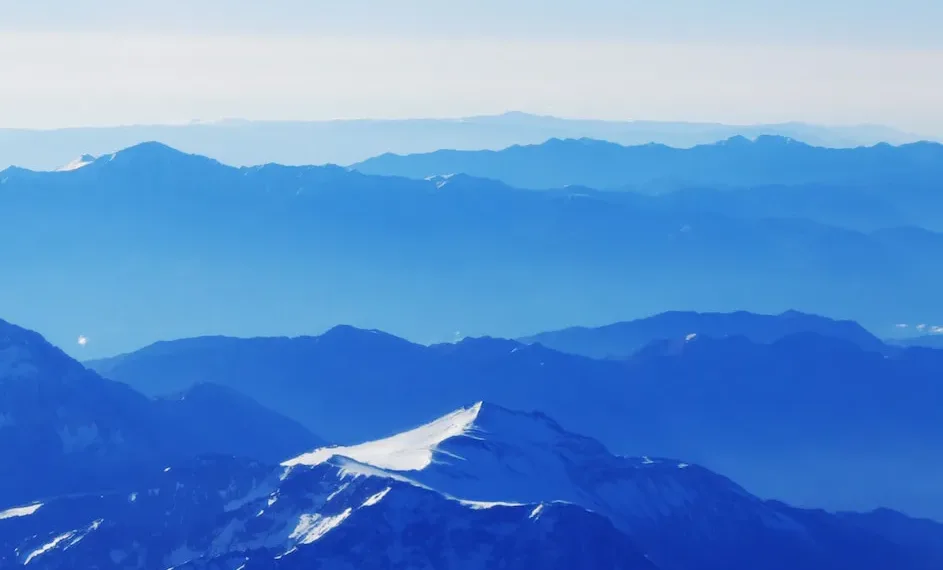Haiti’s landscape features mountains, beaches, forests, and some desert areas, offering a diverse range of activities such as hiking, swimming, and wildlife viewing.
ROAMOPEDIA
Haiti's Geography
Discovering Haiti’s Diverse Landscape: Mountains, Beaches, Forests, and More!

- Home
- /
- Country
- /
- Haiti
- / Discovering Haiti’s Diverse Landscape: Mountains, Beaches, Forests, and More!
Related
All related contents.
Related Posts
Experience the rich history and taste of Haiti’s finest rum at Barbancourt Rum Distillery in Port-au-Prince.
Bassin Bleu: Discover the natural beauty of Haiti’s hidden gem.
Experience adventure and relaxation at Labadee, Haiti’s premier private beach resort.
Discover the charm and history of Cap-Haïtien, Haiti’s northern gem.
A symbol of Haiti’s resilience: Notre-Dame de l’Assomption Cathedral with beautiful architecture.
Experience the rich culture and talent of Jacmel through the unique artistic expressions at Jacmel Arts Center.
Step back in time at Sans Souci Palace, a regal relic of Haiti’s history.
Discover the grandeur of Haiti’s history at Citadelle Laferrière.
Discover Haiti’s history and culture at the Musée du Panthéon National Haïtien in Port-au-Prince.
Experience the vibrant culture of Haiti at Iron Market in Port-au-Prince.

Revealing the Magic of Haiti: A Tourist’s Guide
Explore the rich history and vibrant culture of Les Cayes, Haiti’s lively port city.
Discover the vibrant arts and natural beauty of Jacmel, Haiti’s hidden gem.
Discover the vibrant charm of Port-au-Prince, Haiti’s cultural and historical heart.
Haiti’s Pétion-Ville: Where culture meets luxury.
Discover the unspoiled beauty of Haiti at Port-Salut Beach.
Discover Haiti’s rich history at Ogier-Fombrun Museum in Montrouis.
Related
Related contents and articles.
Related Posts
- Print
- Share
- +-Font Size